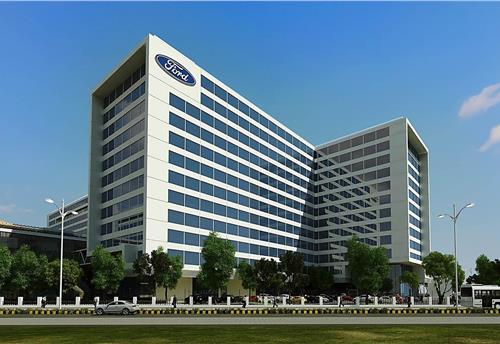Maruti Suzuki looks to add fizz to sales with new S-Presso
The SUV-inspired Maruti Suzuki S-Presso, which goes on sale on September 30, is expected to be aggressively priced between Rs 330,000 and Rs 450,000.
Maruti Suzuki India today released a teaser of its upcoming micro-SUV – S-Presso – in the run up to its launch on September 30. The teaser confirms a number of design details that Autocar India’s exclusive spy picture had revealed and the fact that the new model will be sold via Maruti Suzuki's Arena outlets.
When the Renault Kwid was launched in India in September 2015, it did what no other car before it could – make an impact in a segment that had for long been dominated by the Maruti Suzuki Alto. What worked for the Kwid was that it was as beefy, imposing and SUV-like as an entry-level car could be. Renault sold 300,000 units of the Kwid in 44 months; while sales have slowed of late, the Kwid remains the mainstay of the company’s range. Having seen an opportunity to build an SUV-styled hatchback of its own, Maruti Suzuki is now ready to unleash its Kwid-fighter – the S-Presso.
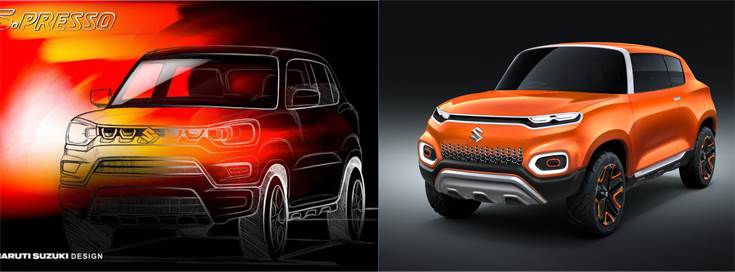
The S-Presso production model retains the upright shape previewed by the funky Future S-Concept (right) but doesn’t have a lot else in common with it.
The Maruti S-Presso retains the upright shape previewed by the funky Future S Concept that debuted at Auto Expo 2018, but doesn’t have a lot else in common. It has a squared-off front end with a high bonnet line, and the headlights (which appear to be halogen units) merge into the slim grille. The angular chrome elements in the grille mimic those seen on the bigger Vitara Brezza, the LED DRLs are positioned below the headlights, and in keeping with the S-Presso’s micro-SUV theme, it has a black front and rear bumper to go with the body cladding along the sides.
Other notable design cues of the S-Presso include prominent front wheel arches, a blacked-out B-pillar and muscular haunches. Also visible are flap-type door handles, turn indicators mounted on the front fenders, and what appear to be full covers for steel wheels. The side profile is otherwise largely plain, but it’s clear that the S-Presso is a high-riding vehicle and its 180mm of ground clearance matches that of the Kwid.
Design-wise, the S-Presso doesn’t break new ground. In fact, its rather boxy proportions are quite old-school. This is another instance of Maruti Suzuki playing it safe (or even boring) with the design. This move has worked for the company with the Alto and Wagon R, and those are the kind of customers Maruti Suzuki is targeting with the S-Presso.
One of the highlights of the S-Presso is that it’s based on Suzuki’s Heartect platform, which not only brings structural rigidity benefits (that will help it meet the updated crash-test norms), but also helps make the car light. Weighing 726kg, the base S-Presso is marginally lighter than the entry-level Alto 800, and a good 46kg less than the Alto K10. While it isn’t as much of a flyweight as the Kwid, the S-Presso will join the list of the lightest cars on sale in India upon launch.
At 3,565mm, the S-Presso is 20mm longer than the Alto K10, and has a 20mm longer wheelbase too, but falls well short of matching the Kwid’s length (3,679mm) and wheelbase (2,422mm). That said, at 1,564mm, the S-Presso is significantly taller than both, the Kwid (1,478mm) and the Alto K10 (1,475mm), which should free-up plenty of headroom for passengers.
While there is no picture of its interior yet, the Maruti S-Presso will have a dark-grey interior theme and colour-coordinated elements as seen on the Future S concept. The dashboard design, too, will be similar to that of the concept, with a Mini-style circular enclosure housing a digital speedometer and the 7.0-inch SmartPlay Studio touchscreen infotainment system – which will come with Apple CarPlay and Android Auto functionality.
To be available in 10 versions
The S-Presso will be available in a total of 10 versions – Std, Std(O), LXi, LXi(O), VXi, VXi(O) and the range-topping VXi+. ABS, driver-side airbag, rear parking sensors, seatbelt reminders, a digital speedometer and a speed alert system will be standard across the range, but apart from that, the Std variant will be fairly bare-bones. The (O) trim adds a passenger side airbag. LXi will add an air conditioner and power steering, but it’s the VXi that’ll get essentials such as keyless entry with central locking, Maruti’s SmartPlay Dock audio system with Bluetooth connectivity, front power windows, body coloured bumpers and wheel covers.
A front passenger airbag will be standard on the VXi+ (and optional on all other variants), as will the SmartPlay Studio infotainment system with voice recognition, steering-mounted controls, rear parcel tray, body-coloured ORVMs and door handles, and a 12V accessory socket. There will be no alloy wheels on any variant, a decision taken to keep prices low.
S-Presso to get upgraded BS VI 1.0-litre K10B petrol engine
The S-Presso will be the first recipient of Maruti’s upgraded, BS VI-compliant 1.0-litre K10B petrol engine. The three-cylinder engine – which continues to produce 68hp and 90Nm of torque, and will be the sole option for the S-Presso – is expected to subsequently be introduced on other models, such as the Celerio and Wagon R. As has been the case with other BS VI-compliant engines, there could be a notable drop in the K10B’s fuel efficiency, which, in BS IV-spec, is rated at 23.95kpl. In addition to a 5-speed manual gearbox, Maruti Suzuki will also offer an automated manual transmission (AMT) option on the top three variants (VXi, VXi(O) and VXi+).
According to Shashank Srivastava, executive director (Marketing & Sales), Maruti Suzuki India, “Today's youthful customers desire a reflection of their personality in the products they own. Our internal research suggests that the criteria of buying a car for the youth, apart from affordability, acquisition cost and maintenance, now also include design and aesthetics. With the S-Presso mini-SUV, we offer a unique, premium, feature-rich and bold car that will disrupt the entry car segment in the country.”
C V Raman, senior executive director (Engineering), Maruti Suzuki India, said: “Maruti Suzuki has always developed new segments and cars to match the changing needs, tastes and lifestyles of our customers. Designed in-house by Maruti Suzuki, S-Presso marks a big shift in the way compact cars are created and crafted in India. Its design language is inspired from our line-up of SUVs and the modern user’s lifestyle. The S-Presso is testimony of Maruti Suzuki’s journey to deliver designs, technology and experiences that are ahead of their time, taking consumers on a drive into the future.”
The S-Presso won’t replace any model in Maruti Suzuki’s line-up, and will be sold alongside the brand’s bread-and-butter models via its Arena dealerships. When it is launched on September 30, 2019, the S-Presso is likely to sport an aggressive price tag, with prices expected to range from Rs 330,000-450,000 (ex-showroom). While it remains to be seen if entry-level car buyers in India like the taste of this S-Presso shot, Maruti Suzuki will certainly hope its latest offering – designed to appeal to millions of SUV-desiring, first-time car buyers – is a runaway hit and compels rival carmakers to wake up and smell the coffee.
Maruti Suzuki India, which has been hugely impacted by the downturn in the passenger car industry, really needs a winner to rev up its numbers in FY2020 and beyond. In August 2019, the passenger vehicle market leader sold a total of 93,173 units (-36%) and in the April-August 2019 period, 757,289 units (-27%). Will the S-Presso be the one to add some much-needed fizz to its sales? Watch this space.
RELATED ARTICLES
Uniproducts India targets 15% growth till FY2027, eyes new EV OEMs for NVH parts
The Noida-headquartered company, which is a leading manufacturer of roof liners, floor carpets, sound insulation materia...
Ford to build more EV software capability at Chennai tech hub
Ford Business Solutions India, which currently employs 12,000 personnel set to add 3,000 more; Ford, which is known to b...
ASK Automotive to set up JV with Aisin to sell aftermarket parts for cars
Ask Automotive will have 51% of the equity of the joint venture to be set up with Aisin Asia (Thailand) Company and Aisi...





 21 Sep 2019
21 Sep 2019
 16765 Views
16765 Views



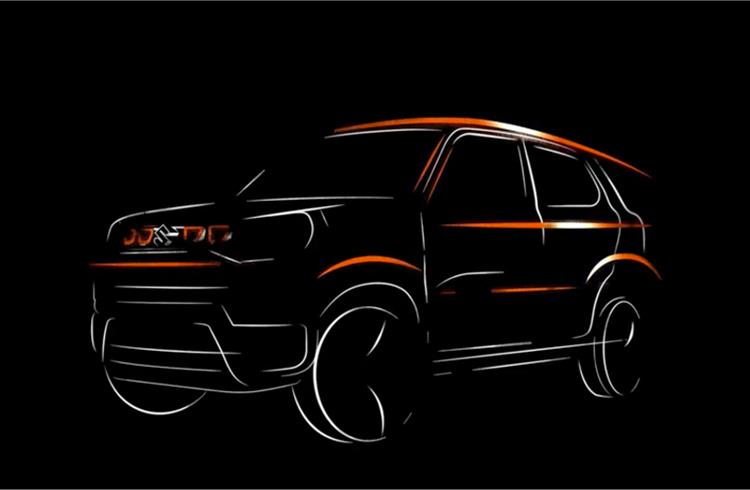
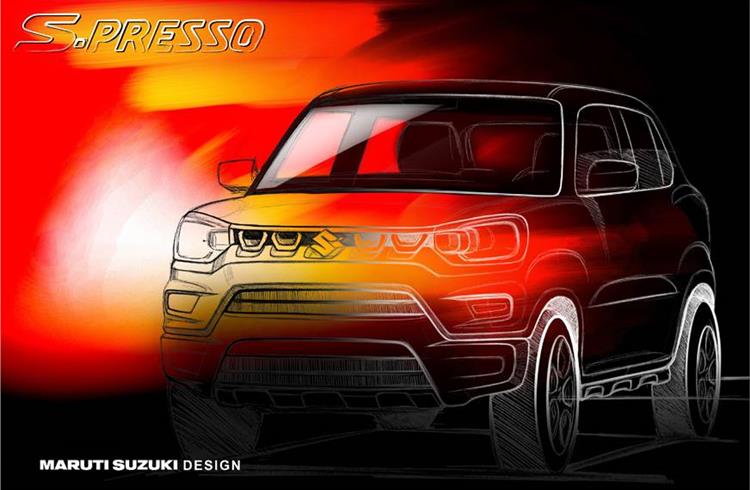



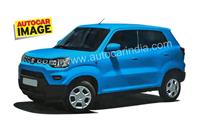

 Autocar Pro News Desk
Autocar Pro News Desk

